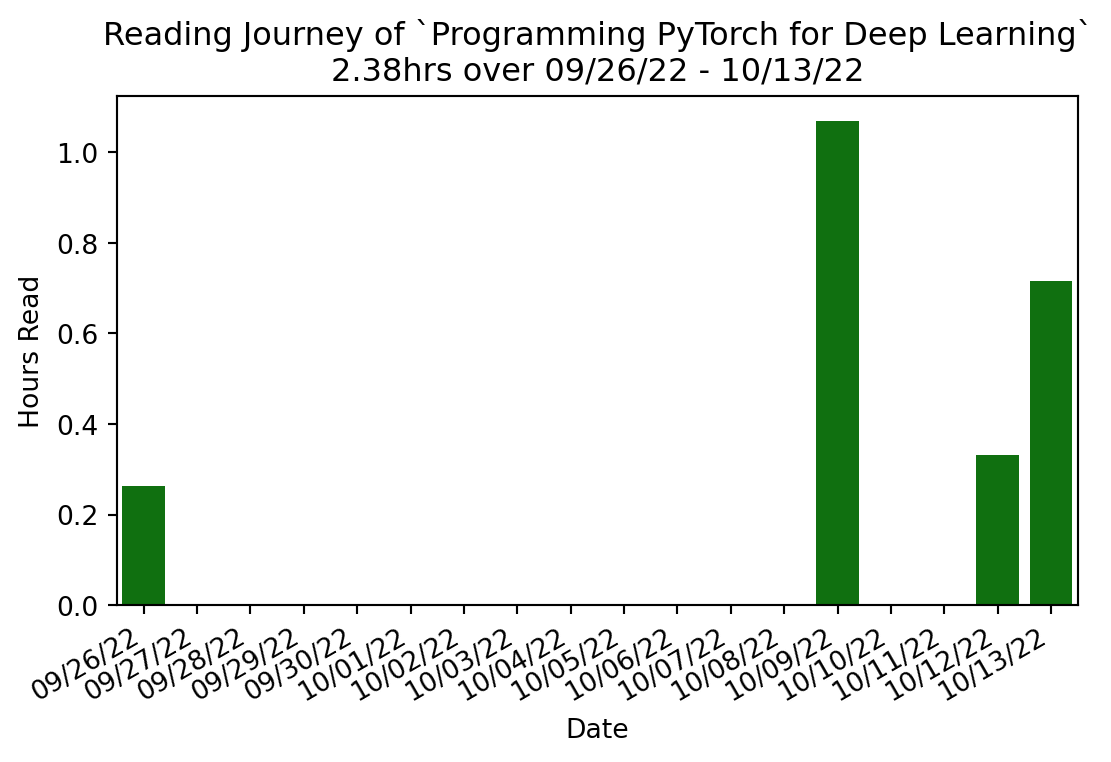Overview
Take the next steps toward mastering deep learning, the machine learning method that’s transforming the world around us by the second. In this practical book, you’ll get up to speed on key ideas using Facebook’s open source PyTorch framework and gain the latest skills you need to create your very own neural networks. Ian Pointer shows you how to set up PyTorch on a cloud-based environment, then walks you through the creation of neural architectures that facilitate operations on images, sound, text,and more through deep dives into each element. He also covers the critical concepts of applying transfer learning to images, debugging models, and PyTorch in production. Learn how to deploy deep learning models to production Explore PyTorch use cases from several leading companies Learn how to apply transfer learning to images Apply cutting-edge NLP techniques using a model trained on Wikipedia Use PyTorch’s torchaudio library to classify audio data with a convolutional-based model Debug PyTorch models using TensorBoard and flame graphs Deploy PyTorch applications in production in Docker containers and Kubernetes clusters running on Google Cloud

